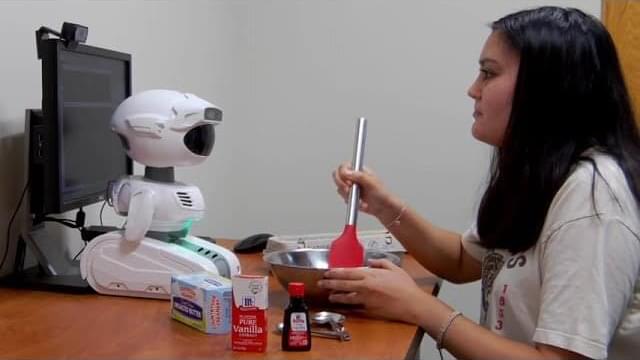As robots are introduced in an increasing number of real-world settings, it is important for them to be able to effectively cooperate with human users. In addition to communicating with humans and assisting them in everyday tasks, it might thus be useful for robots to autonomously determine whether their help is needed or not.
Researchers at Franklin & Marshall College have recently been trying to develop computational tools that could enhance the performance of socially assistive robots, by allowing them to process social cues given by humans and respond accordingly. In a paper pre-published on arXiv and presented at the AI-HRI symposium 2021 last week, they introduced a new technique that allows robots to autonomously detect when it is appropriate for them to step in and help users.
“I am interested in designing robots that help people with everyday tasks, such as cooking dinner, learning math, or assembling Ikea furniture,” Jason R. Wilson, one of the researchers who carried out the study, told TechXplore. “I’m not looking to replace people that help with these tasks. Instead, I want robots to be able to supplement human assistance, especially in cases where we do not have enough people to help.”
